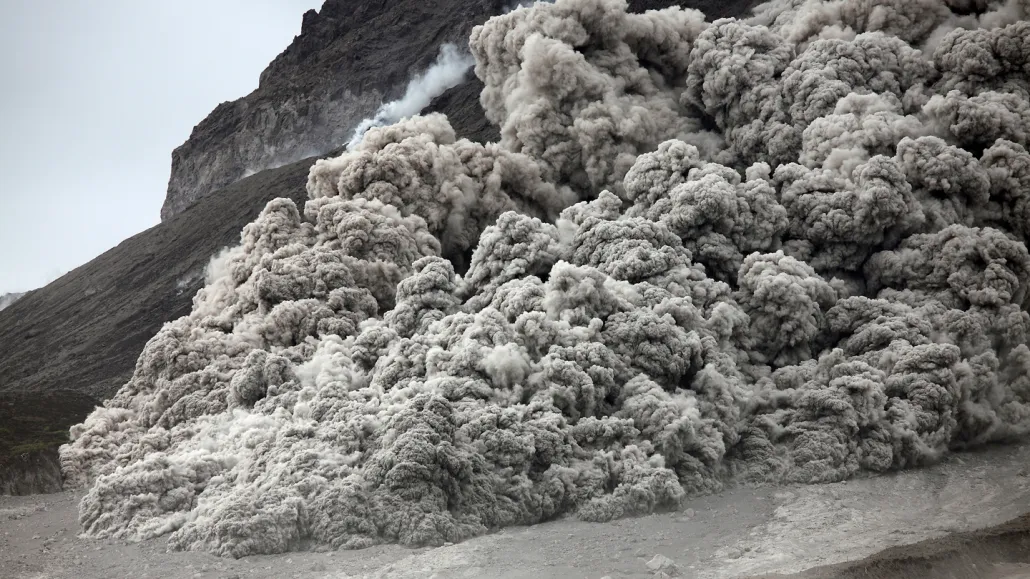Volcanic avalanches of rock and gas may be more destructive than previously thought
High-pressure pulses in the flows would act like a jackhammer on obstacles

Pyroclastic flows — volcanic avalanches of gas, ash and rock — possess rhythmic, high-pressure pulses, a new study suggests.
Stocktrek Images/Richard Roscoe/Getty Images Plus